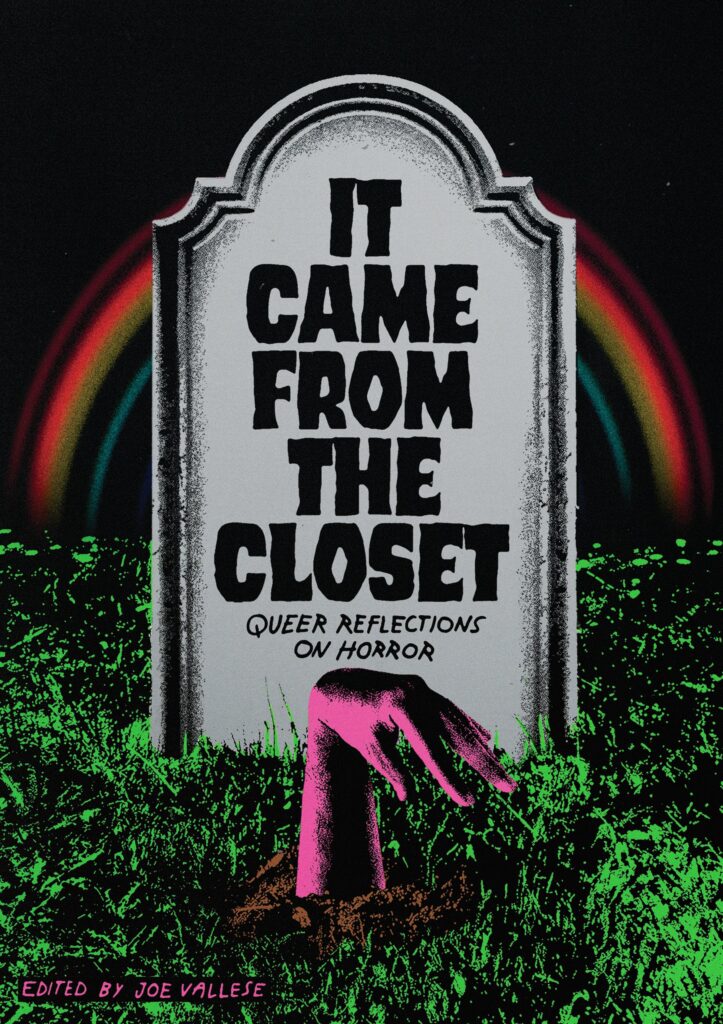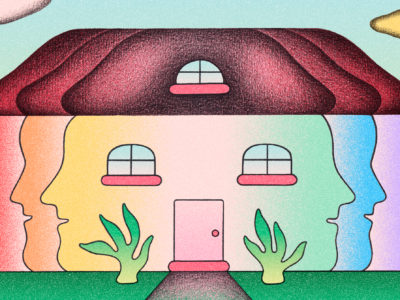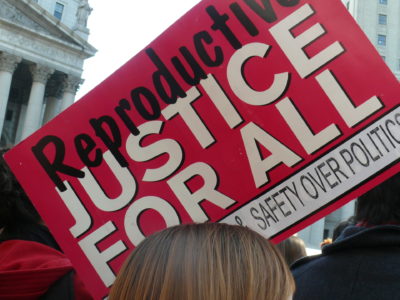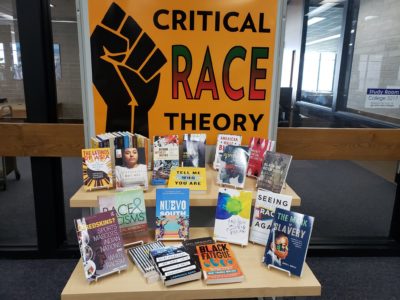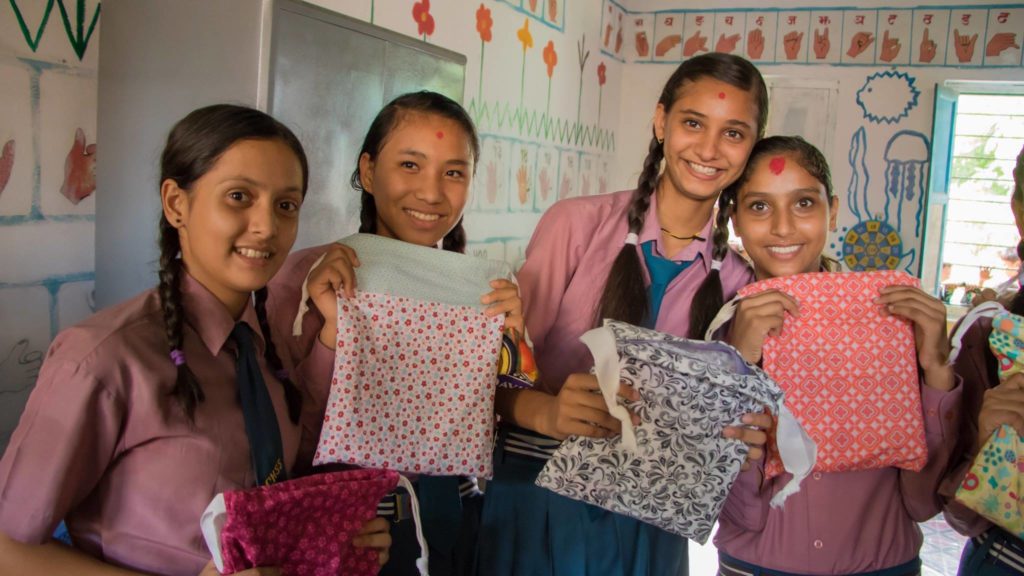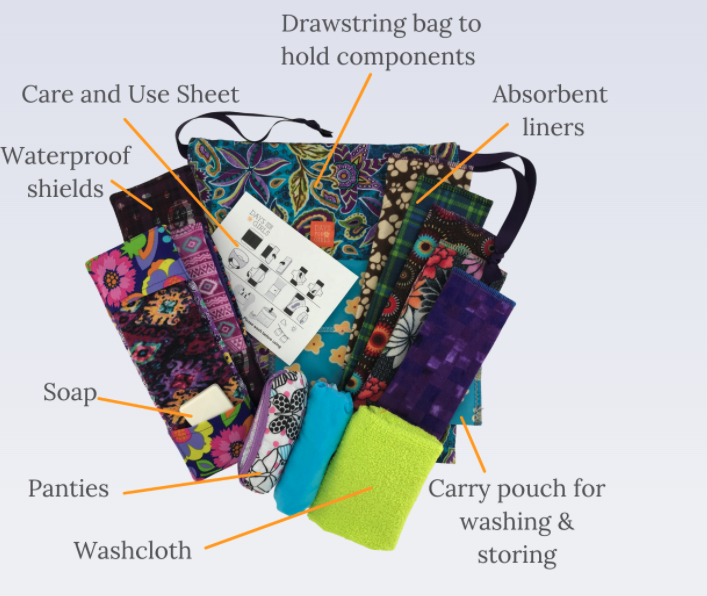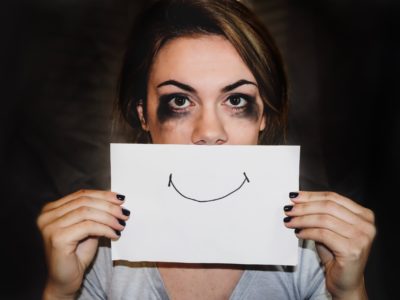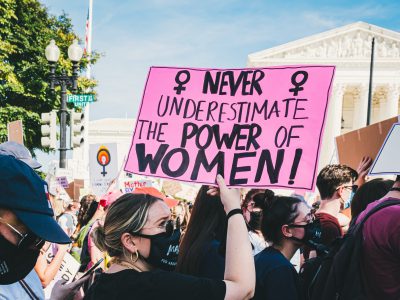WP_Post Object
(
[ID] => 5810
[post_author] => 15
[post_date] => 2023-04-19 00:32:53
[post_date_gmt] => 2023-04-19 00:32:53
[post_content] =>
The first question we ask about complex chronic illnesses shouldn't be whether or not they're real.
Over the last few months, the question of whether long Covid is real has been the subject of lengthy examinations from publications across the political spectrum. These articles are often ambiguous in their conclusions, giving equal weight to the legitimacy of the condition while simultaneously attempting to debunk it.
As anyone who has it will tell you, long Covid is very real, but if you’ve been reading these articles purporting to explore LC’s reality or unreality—questioning if society has it “wrong”—you might think that it is not, or that the people who have it (and illnesses like it) do not have a physical ailment at all, but instead a mental health one. While it’s not surprising that more right-leaning publications have engaged in long Covid denialism, the trend of left-leaning legacy publications like New York Magazine and the New Republic doing something similar is, to me, cause for concern. As a disabled, nonbinary feminist who has dedicated a large chunk of their career to exploring the tangled issues of gender, chronic pain/illness, and the society-wide disbelief of these illnesses, I think the insistence on showing “both sides” of long Covid is a slippery slope.
“Skepticism” of complex chronic illnesses is nothing new. I and many other chronically ill people have seen “skepticism” of our disabilities play out in media, amongst the general public, and in the medical field plenty of times before. Diseases such as multiple sclerosis (MS), rheumatoid arthritis, and ulcers were all thought to be psychosomatic at one time. In more modern times, chronic fatigue syndrome/myalgic encephalomyelitis (CFS/ME), fibromyalgia, Postural orthostatic tachycardia syndrome (POTS), and many other chronic illnesses and pain conditions have been explained away as mysterious, and therefore Maybe Not Real, too.
Yet time and time again, it’s been shown that they are. After a CFS/ME outbreak occurred in Incline Village, Nevada in the mid-1980s, proving that the illness was seriously impacting patients, the Centers for Disease Control (CDC) pledged $12.9 million to research the condition, only to then quietly move the money they had earmarked to other departments. Meanwhile, CFS/ME remains just as pervasive today: Many long Covid patients have ended up with CFS/ME after battling acute Covid, in addition to experiencing a host of other debilitating, multi-systemic symptoms.
As a person who has had lifelong health problems of varying severity, when I first heard about CFS/ME as a high school student, my immediate thought was that it sounded awful. Being tired all of the time and having to deal with muscle pain, cognitive issues, poor sleep, and post-exertional malaise (symptoms getting worse after a patient exerts themselves) sounded like a version of Hell on Earth. It’s not that I didn’t think becoming chronically ill could happen to me—because if I’ve learned one thing as a person with multiple health problems, it’s that your health is not under your complete control, no matter how much willpower you think you have. Rather, even then, I understood that extending a crumb of empathy to people whose health conditions seem weird or mysterious or exaggerated to you is not fucking rocket science.
Just a few years later, however, I would learn not everyone feels the same. When I was a 19 year-old college student, I began experiencing extreme fatigue and muscle pain in my back, neck, legs, and shoulders for no apparent reason one day. It never went away, and I spent over a year trying to figure out what was happening to me. Shortly after my 21st birthday in 2007, I was diagnosed with fibromyalgia by a rheumatologist. It would be another year before fibromyalgia had its media tipping point, but I became familiar with the stereotypes very quickly, mostly via internet comments and a few real-life unsolicited opinions. The people who get it (mostly women, as the gender ratio is very skewed), according to commentors online, tend to be middle-aged or older. They are fat and eat the wrong foods. They’re lazy. They just want prescription drugs. They are mentally ill. They aren’t utilizing positive thinking effectively enough to get better. They just need to exercise more. They are brainwashed by Big Pharma TV ads into thinking they are sick—this one courtesy of popular women’s website Jezebel.
Several of these stereotypes have been projected onto people of all genders with various disabilities, but there’s something about “mysterious” diseases with no single cause that tends to push ableism and sexism to the front—again, most likely because they disproportionately affect women. Unsurprisingly and likely because of this, fibromyalgia tends to be subjected to the “hysteria” argument, too: Per an (in)famous New York Times article titled “Drug approved. Is disease real?” about the fibromyalgia medication Lyrica, “The more these patients are around the medical establishment, the sicker they get.” I am left wondering how soon an “expert” will make a similar argument about long Covid.
Such both-sides claptrap when it comes to illnesses that medical science hasn’t “solved” yet is a thing that some media outlets like to do in the interest of “balance,” and it has been going on for a long time—longer than I have been alive, in some cases. But giving equal weight to opposing perspectives that are not, in fact, equal does not make sense. What, exactly, is the rationale for treating debilitating chronic illnesses, new and old, and those conditions’ reality for millions of people as a neat little thought experiment?
Because I’ve been writing about these issues—and living with them as a chronically ill person—for a long time, I suspect that the answer is multi-faceted. A lack of empathy is one facet; it does not escape my notice that most high-profile articles questioning the “realness” of complex, multi-system chronic illnesses are written by journalists who do not have these health conditions themselves. It also does not escape my notice that it has almost exclusively been chronically ill people, ME/CFS patients, and the journalists, writers, and medical professionals who work with ME/CFS and long Covid patients to call out NYMag, the New Republic, and other publications on bad journalism related to long Covid so far.
But another facet is the broader, ableist pattern of doubting chronically ill people in general, especially those debilitated by contested illnesses. It’s easier to not see ableism, or take it seriously as a mode of oppression, if you don’t deal with it every day. Much like it’s easier to say Well, if I had long Covid, I would just think more positively or If I had CFS/ME, I would at least TRY graded exercise therapy (GET) and cognitive behavioral therapy (CBT) to get better (even though both have been debunked) when you’re not actually going through it. Medical and everyday sexism, too, is another ingredient in this crappy metaphorical pie—doubting and dismissing women and other people who are not cis men who say that yes, they are in debilitating pain, that their fatigue crushes them 24/7, that they really are sick, has been a huge part of how chronic illness has been talked about in the U.S. for decades. Would you be surprised to learn that, like many of these illnesses, long Covid also has a gender discrepancy? Maybe I’m just cynical, but I was not.
Believing people of all genders when it comes to their experiences—of their own bodies—should be an obvious starting point when it comes to long Covid and other post-viral or “mysterious” chronic illnesses. Just because medical science hasn’t discovered the answers to long Covid, CFS/ME, fibromyalgia, and other chronic illnesses so far does not mean that there are not answers—nor does it definitively mean that these illnesses are psychosomatic. As we’ve seen, disbelieving people about their experiences of their own bodies is deeply entrenched in American culture—especially if those bodies are outside of the norm of cisgender, non-disabled, white, thin, young, and male. The long Covid coverage that’s been highly publicized in this current moment is only continuing this callous tradition of doubting, dismissing, and socially gaslighting chronically ill people as they are—yet again—shoved to the margins. It is time for the media, the government, other institutions, and the non-disabled public to do better.
[post_title] => Long Covid Skepticism is a Slippery Slope
[post_excerpt] => The first question we ask about complex chronic illnesses shouldn't be whether or not they're real.
[post_status] => publish
[comment_status] => closed
[ping_status] => closed
[post_password] =>
[post_name] => long-covid-cfsme-fibromyalgia-skepticism-chronic-illness-media-both-sides
[to_ping] =>
[pinged] =>
[post_modified] => 2024-08-28 21:14:01
[post_modified_gmt] => 2024-08-28 21:14:01
[post_content_filtered] =>
[post_parent] => 0
[guid] => https://conversationalist.org/?p=5810
[menu_order] => 85
[post_type] => post
[post_mime_type] =>
[comment_count] => 0
[filter] => raw
)


